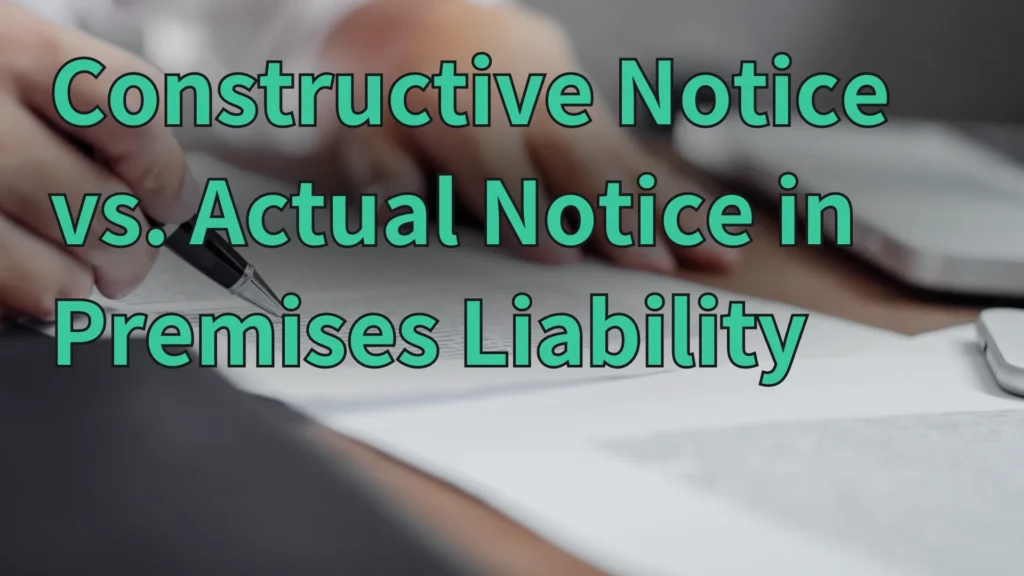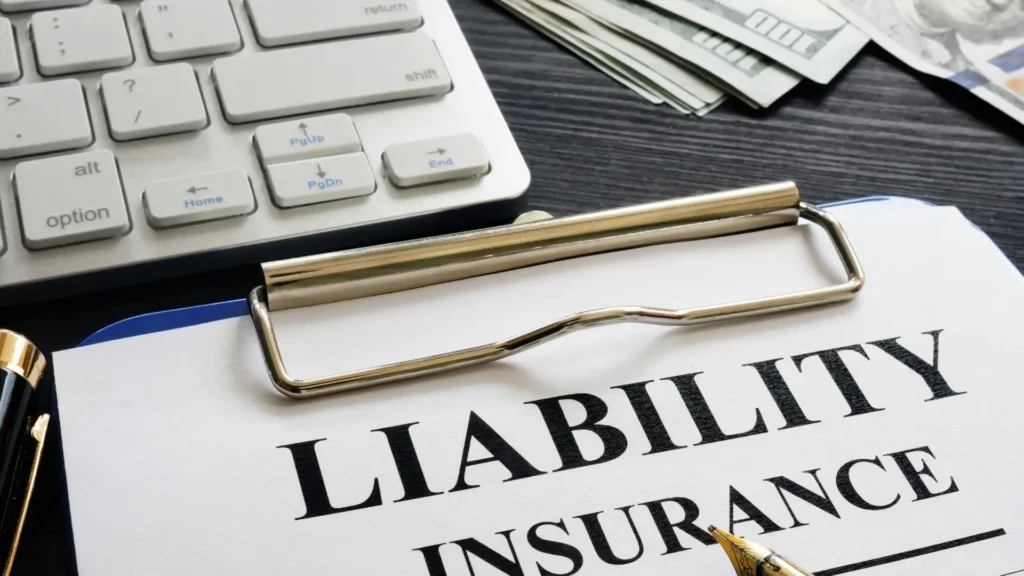
St. Louis residents who were injured due to hazardous conditions on someone else’s property should understand “constructive notice” vs. “actual notice.” Knowing the difference is critical because it may determine whether the property owner is liable for the harm caused by the unsafe condition. Plaintiffs and defendants must understand the two types of notice and how they can adversely affect their cases.
In premises liability cases, “notice” means knowledge the property owner or occupier has about conditions on their property. A skilled St. Louis premises liability attorney from Goldblatt + Singer knows Missouri’s laws and understands how notice can affect your case.
Premises liability refers to the area of law that holds property owners and occupiers responsible for injuries that happen on their property due to unsafe conditions. Owners owe a duty of care to people who enter their premises. The various types of premises liability cases may include:
Actual notice is the direct knowledge an owner or occupier has about the unsafe conditions on their property. The owner has explicitly been informed of the danger with actual notice. They must have personally been told about or witnessed the harm. Examples of actual notice include:
Proving actual notice is relatively straightforward in premise liability cases. Evidence may include incident reports, witness statements, or video footage. Once the owner receives actual notice, they must quickly address the hazard to prevent injuries and warn visitors until it is repaired. Furthermore, the property owner is liable if they fail to address a hazardous situation that causes harm.
Constructive notice is more complicated to prove as it is concerned with what the property owner should have known. If the property owner should have known about a hazardous situation, they may be liable for any damage that happens because of that hazard. A reasonable property owner should regularly inspect and maintain their property to ensure it is safe. Examples of hazardous conditions about which a property owner may have constructive notice may include:
Proving constructive notice is more challenging than actual notice. It requires showing that the hazardous situation existed long enough for the property owner to exercise due diligence, discover the risk, and then repair the hazard. Inspection records can show how frequently and thoroughly inspections occur.

Under Missouri law, property owners have specific legal obligations toward individuals who enter their property. The obligations change depending on the visitor’s legal status. The law groups visitors into three categories: invitees, licensees, and trespassers. The different categories determine whether and why the property owner will be held liable.
The injured party must prove that the property owner had either actual or constructive notice of the hazardous condition and failed to take appropriate action to remedy it. Premises liability law is negligence-based. The owner or occupier of the property must fulfill their duty of care toward those who enter the property. The duty changes depending on the purpose. The injured person filing a claim must demonstrate that their claim satisfies the elements of premises liability and prove their eligibility for compensation.
The injured plaintiff must prove four elements in a premises liability case:
St. Louis property owners have a legal obligation to ensure that their property is safe for visitors. Regular inspections and prompt maintenance can prevent accidents and reduce the risk of premises liability claims. Here are some best practices for property owners:
Understanding the difference between constructive and actual notice is crucial in premises liability cases. Both concepts play a significant role in determining a property owner’s liability for injuries sustained on their property in St. Louis, Missouri.
If you were injured because of a hazardous condition on someone else’s property, call the experienced St. Louis premises liability attorneys of Goldblatt + Singer at (314) 231-4100 or contact us online for a free consultation. Our team of experienced attorneys can evaluate your case and explain your options for pursuing compensation. Don’t be afraid; our law firm will be here to help you and back you up similarly to other notable cases we’ve handled.
What Are the Seven Most Common Types of Elder Abuse in St. Louis?